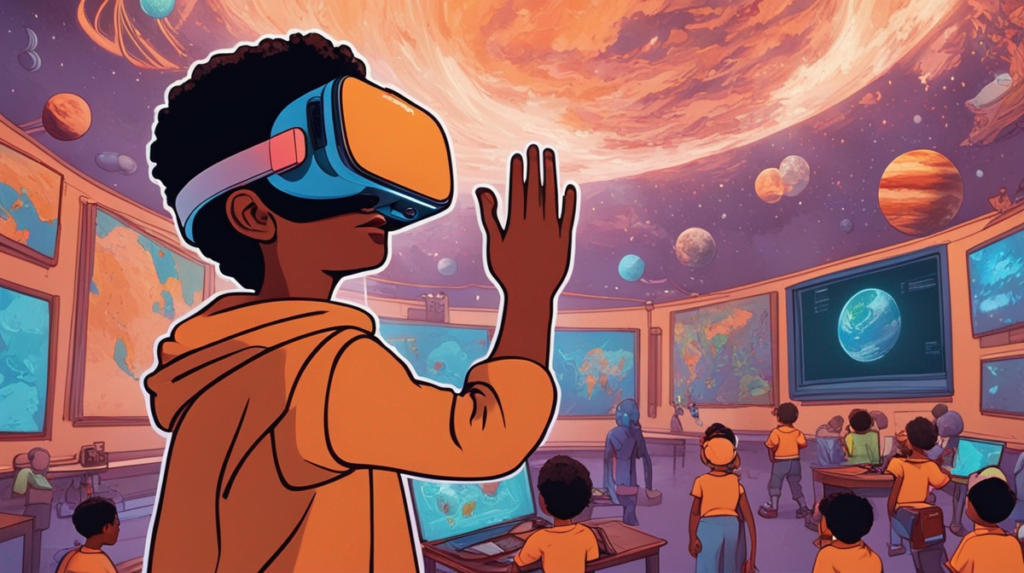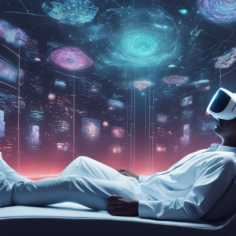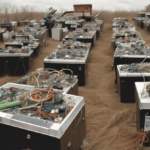
Introduction
Virtual reality (VR) is no longer merely the domain of sci-fi enthusiasts. As technology advances, it is steadily making its way into classrooms, transforming how education is delivered and perceived. But what’s the hype, and what is the reality when it comes to virtual reality in education? Let’s delve in.
The Allure of Virtual Reality in Education
Virtual reality creates immersive, multi-sensory learning environments that can make education more engaging and fun. Accessibility to worldwide locations from the comfort of the classroom, the ability to dissect a virtual frog without squeamishness, or the possibility to master a complex theorem in an interactive fashion are a few of the selling points.
The Reality of Virtual Reality in Education
While VR promises a seismic shift in education, integration in mainstream education has been slow. Issues like cost of equipment, lack of VR content aligned with curriculum, and physical side effects like dizziness are among the key challenges. And then, there is the concern about screen time and its health implications.
Decoding the Health Concerns
Extended VR use can lead to digital eyestrain or ‘VR sickness’, symptoms of which include headaches, dizziness, and nausea. Experts recommend taking regular breaks and using VR in moderation. It’s crucial that educators are cognizant of these aspects when planning the inclusion of VR in classrooms.
The Research Perspective
Studies on virtual reality in education are still emergent but encouraging. A recent study on VR in high school education demonstrated improved retention rates compared to traditional teaching. However, educators are urged to weigh the pros and cons carefully before implementing VR extensively.
Practical Tips for Incorporating VR in Classrooms
For educators intending to incorporate VR, it’s vital to make the technology serve pedagogical goals, not the other way round. Start small, perhaps with a single subject or project. Use pre-existing VR content that’s been vetted for classroom use. Remember, it’s a tool for enhancing instruction, not replacing the teacher.
Conclusion
The promise of virtual reality in education is substantial, and the hype, while understandable, needs to be tempered with practical reality. As we navigate this exciting terrain, a balanced approach that maximizes benefits while mitigating potential health and practical challenges is key – the future of the virtual reality classroom relies on it.
Last modified: 2 January 2024


















